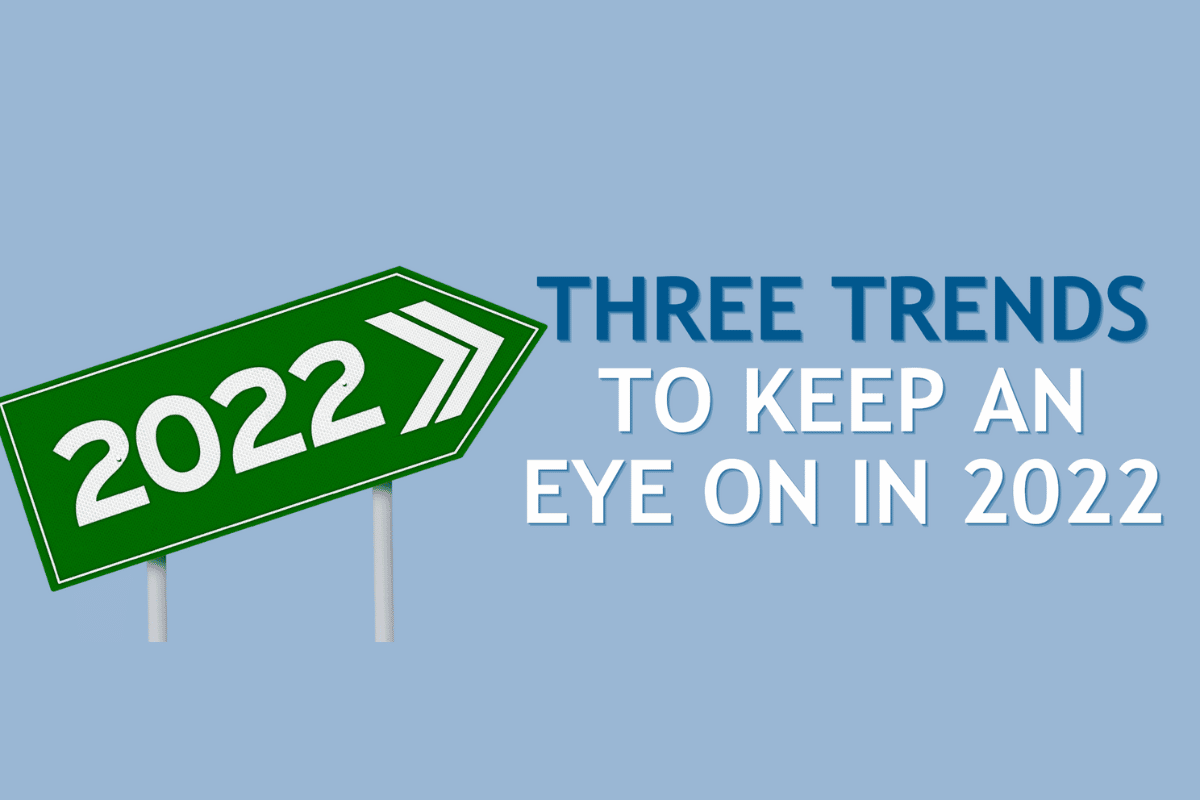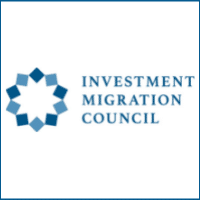Three Trends to Keep an Eye on in 2022


An article written by the Investment Migration Council, for the IM Yearbook 2021/2022
With all that took place in 2021, we take a moment to review some of the key shifts that occurred and how these will influence how we live, work and play in 2022.
1. Wealth
Considering that 2020 was a year marked by rampant loss – of freedom of movement, of normality and, most significantly, of life – the performance of global wealth has been surprising, to say the least. Expectations at the front-end of the year were that there would be painful losses as financial markets responded sharply to the uncertainty of the early days of the pandemic. Unexpectedly, by mid-2020, markets regained their confidence, heralding impressive returns and prompting a collective sigh of relief from investors around the world.
Still, none could have forecast that coming into 2021, global household wealth would increase by 7.4% (or USD 28.7 trillion) to reach USD 418.3 trillion, according to Credit Suisse’s Wealth report 2021.
Report highlights that Boston Consulting Group’s Global Wealth 2021 report that global financial wealth increased by 8.3% to a new high of USD 250 trillion. Unsurprisingly, North America, Europe and Asia have driven this performance, but it is the latter’s five-year trajectory that is the most promising, particularly as it relates to cross-border wealth management. The Wealth Report by Knight Frank corroborates this, predicting that over the next five years, Asia will produce more ultra-high net worth individuals than any other region.
2. Travel
Summer 2021 arrived with much anticipation this year, fuelled by significant progress in the global vaccine rollout. The general willingness to venture beyond the confines of local communities provided a much-needed boost to the travel and tourism industry, which was decimated by several months of travel bans and an all-round anxiety around non-essential movement. In 2022, leisure travel is set to continue to gain momentum, underpinned by increased household savings as well as the need to relieve the pent-up desire for adventure and re-unite with long last seen loved ones. It is expected that non-air travel will attract greater interest as will destinations that are perceived to have managed the pandemic robustly, effectively setting in motion changes to leisure traveller styles and expectations. When it comes to business travel, the outlook is less promising and shows signs of a slower rebound. An April 2021 PwC survey of 1,300 US consumers found that 75% of business travellers were either not excited about or were indifferent to resuming travelling for work.
3. Digital
If we stretch our memories back to pre-Covid-19 times, very few would recall coming across Zoom, the video platform that has taken the world by storm. So unknown was the app that in 2019 it recorded a profit of USD 21.7 million, a paltry figure in comparison to the USD 671.5 million profit recorded in 2020 thanks to a 326% increase in sales. The unprecedented increase in video communication is only one indicator of the pandemic-fuelled adoption of digital technology, which McKinsey & Company describes as having taken “a quantum leap”. E-commerce, another indicator, tells a compelling story. According to Ofcom’s Online Nation 2021 report, UK online shopping saw a 48% increase in sales for 2020 relative to 2019, representing a total spend of GBP 113 billion. Globally, e-commerce rose to USD 26.7 trillion in 2020, reports the UN Conference on Trade and Development.
Going forward, having adapted to – and enjoyed – the online shopping experience, consumers will increasingly prefer synchronicity between their online and physical worlds as the latter open up fully. This need for hybridity is relevant across sectors and has significant implications for professional services, too. Millennial clients in particular appreciate omnichannel offerings and communication, a challenge (or opportunity) that businesses will need to take on enthusiastically.

